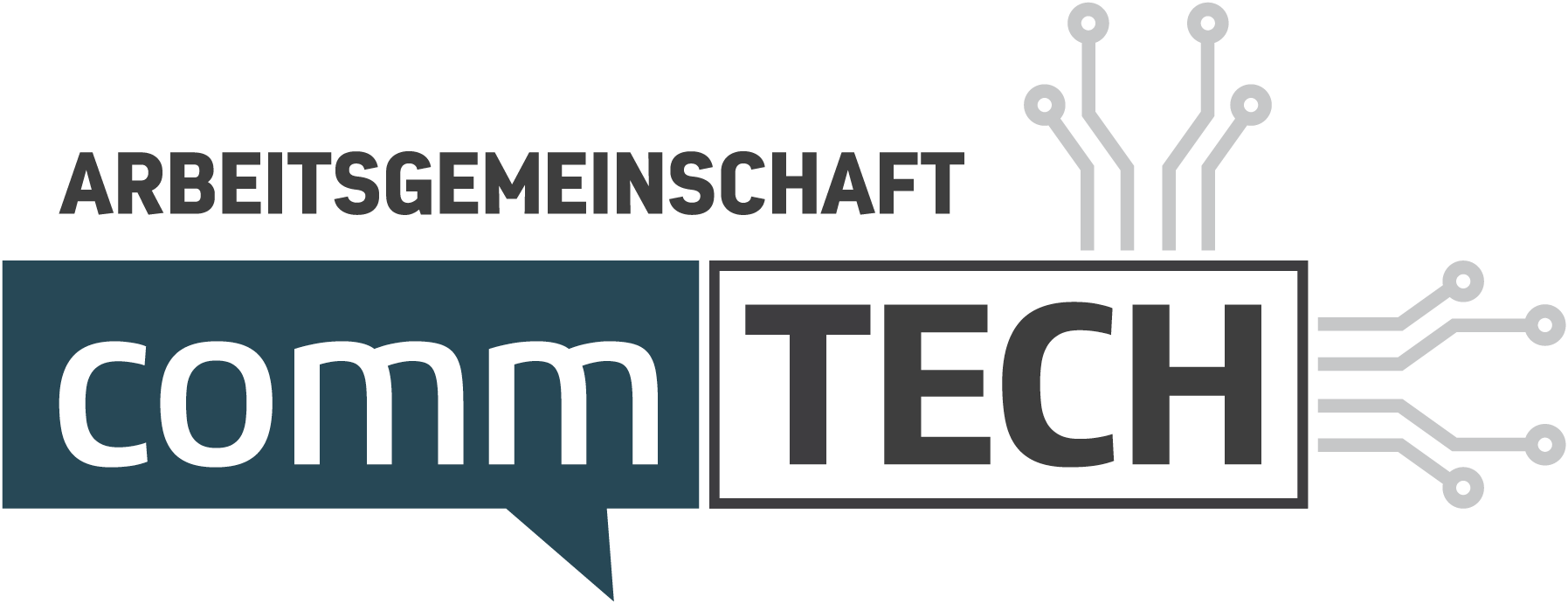- 4. November 2025
- Posted by: Marie Gross
- Category: NEWS


Data is increasingly becoming a key intangible resource in corporate communications. Nevertheless, they are often not used consistently for decision-making – instead, experience and intuition dominate. To change this, we need to understand what constitutes a data-driven culture. The ability to work in a data-driven manner increases efficiency and effectiveness in all phases of strategic communication and helps to make the value contribution of corporate communication more visible.
What does “data culture” mean?
The understanding of the concept and the basic use of the term are very individual. In addition to “data culture”, there are also formulations such as “data-driven culture”, “data-driven communication” or “data-based communication”. Regardless of the choice of term, however, data should be seen as a support for corporate communication. A combination of data and experience is important for this in order to better classify the former. Communicators must take on an active role and use data in a reflective manner instead of blindly relying on it.
There is a consensus that a data-driven culture in corporate communications cannot be viewed in isolation. It is part of the overall organization and is shaped by the triad of technical, human and organizational resources. The human resource is at the center of this. Characteristics can be assigned to each of the three dimensions, which together paint a comprehensive picture of the concept.

How can a “data culture” be established?
Specific establishment factors can be identified for each of these characteristics. In terms of human resources, this means Among other things, consistency and repetition, the appointment of ambassadors, addressing current issues and a continuous exchange of data promote the emergence of shared
It is essential to consider the dynamics of the characteristics within and between the resources. None of the three dimensions should be considered in isolation. Technical, organizational and human factors intertwine – only their interaction enables truly data-driven decisions. The areas of data competence, data strategy, data management and data-driven leadership in particular act as key factors, which in turn promote the development of other characteristics. An investment in these central elements therefore pays off in several ways.
Establishing and maintaining a data-driven culture does not automatically require a high level of resources. Many aspects can be implemented with manageable effort. Each department must individually check which resources are available to it and set priorities. There is no one-size-fits-all solution, which is why a cross-departmental and cross-sector exchange is helpful.
Want to delve deeper into the topic?
Then register for my session “Data Culture Decoded: Beyond the Buzzword” on November 26 at the CommTech Summit. The focus is on a practical framework that brings together technical requirements, organizational anchoring and, above all, the human factor. You will gain specific insights into typical barriers, key characteristics and success factors as well as the strategic added value of a data-driven culture.
Note: The findings come from ten qualitative expert interviews conducted as part of my Master’s thesis at the University of Hohenheim in 2024.

